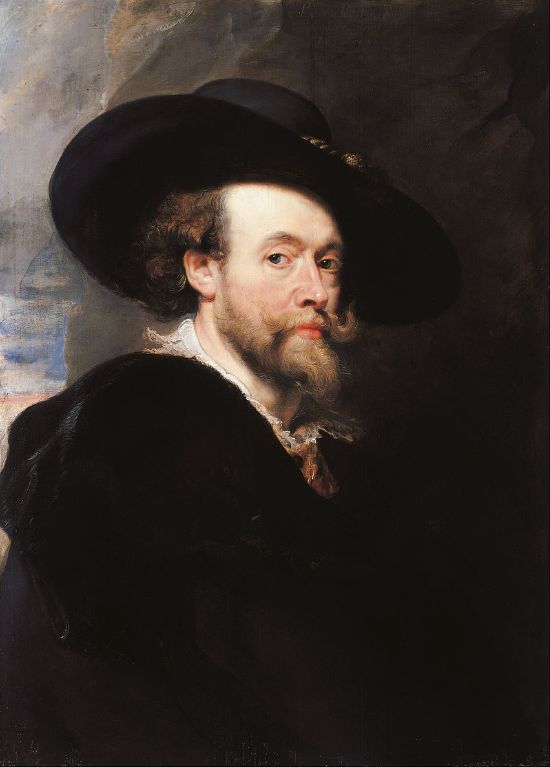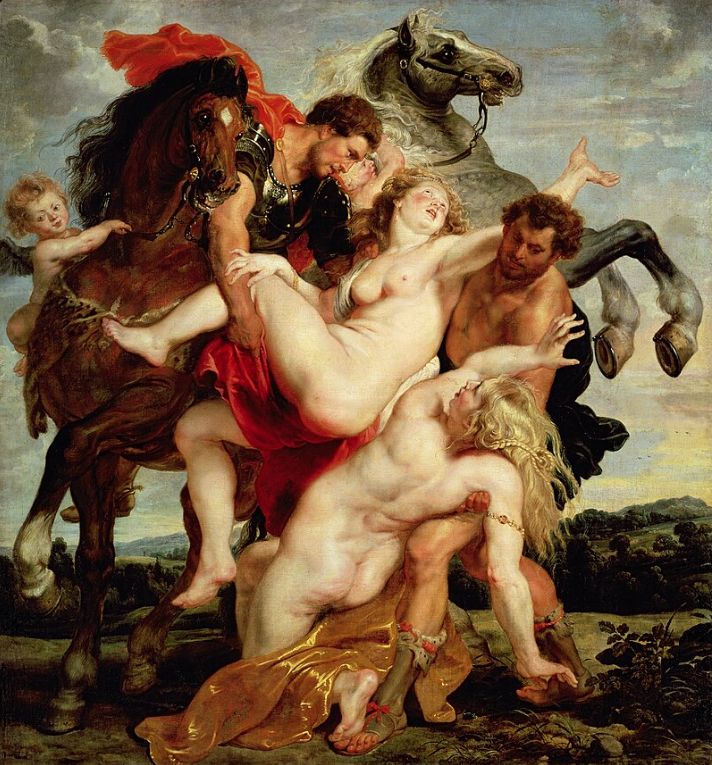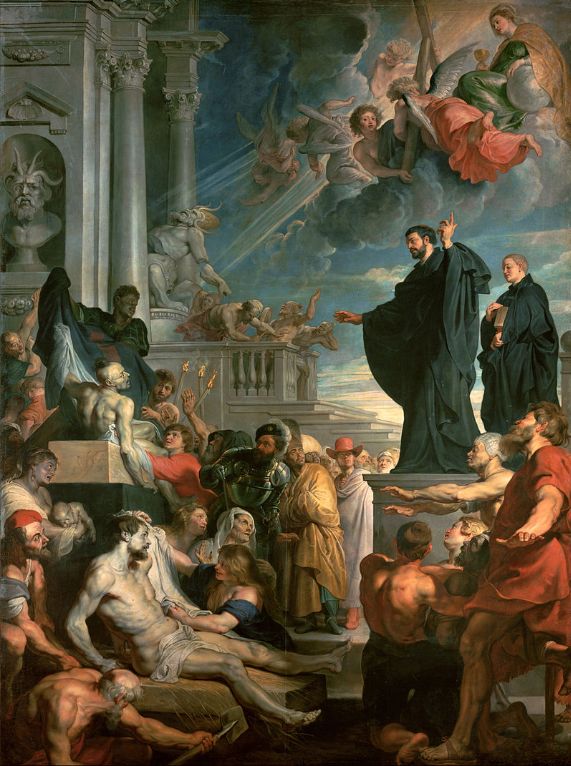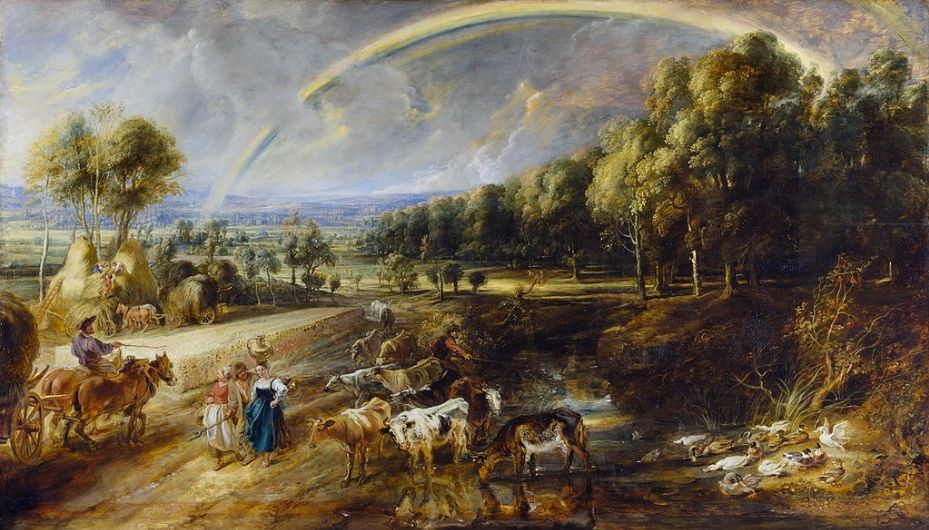Peter Paul Rubens, one of the most outstanding painters of 17th-century Flanders, is renowned not only for his painting skills but also for his active role in diplomacy. Born into a well-known family of lawyers and local officials in Antwerp, Rubens enjoyed a privileged upbringing. He received a classical education and, before starting his training in a painting workshop, also learned the ways of noble life. In 1598, Rubens was recognized by the Antwerp Guild of St. Luke as a master painter.

In 1600, Rubens traveled to Italy to seek artistic breakthroughs. During his two years in the court of the Duke of Mantua, he deeply studied the works of Italian masters, particularly Titian and Veronese. He made hundreds of sketches and drawings, experimenting with different methods of representation through these copies. This period profoundly influenced his artistic style, allowing him to achieve exceptional technical prowess.
In 1609, Rubens returned to Antwerp, where he was appointed court painter to the Archduke Albert of Austria, the Habsburg governor of the Low Countries. He quickly became one of the most respected painters in Europe, achieving a status comparable to Titian in the 16th century. Rubens's paintings are characterized by their intense sensuality and vivid imagination, especially in his depictions of women, which exude vitality and physical beauty. For example, in his painting "The Rape of the Daughters of Leucippus," the contrasting movements and poses of the two women illustrate the quintessential features of Baroque art. Although part of his inspiration came from Titian's "The Rape of Europa," his treatment of the folds of silk reveals the influence of Veronese, while the landscapes owe much to the teachings of Flemish painters, particularly Pieter Bruegel.

Rubens's portrayal of voluptuous and fleshy women uses a pearlescent translucence to convey smooth and warm skin, demonstrating his unparalleled technical skill without obscuring surface effects. In "The Rape of the Daughters of Leucippus," Rubens abandoned the commonly used pyramidal composition in favor of a diamond-shaped cross diagonal contained within a swirling motion. This twisting and counter-twisting form creates an upward movement illusion, more suggestive of "rapture" than "rape." There is no sense of violence in the painting; the central figures seem to ascend, supported only by the strong arms of the gods.
Rubens's interest extended beyond mythological themes to religious subjects. He created many works for the Jesuits, especially spending considerable time painting a church in Antwerp. A contemporary described the church's interior as spectacular, transforming thought into a vision of heaven. The church aimed to elevate the soul through visual enchantment. Two large paintings depicting early Jesuit saints, St. Ignatius Loyola and St. Francis Xavier, were placed on high altars. The painting of St. Francis Xavier (1506–1552), who spread the gospel in India, Ceylon, Southeast Asia, and Japan, illustrates his miracles and the global missionary activities of the Jesuits.
Rubens's artistry was not only in his technical mastery but also in his profound understanding and subtle expression of human emotions. Using color and light, he imparted a dramatic and emotional intensity to his paintings, creating an almost divine atmosphere. For example, his "Miracles of St. Francis Xavier" can be compared to Raphael's "Transfiguration." Rubens's main achievement was unifying the 5.2-meter composition with a swirling backdrop of sky, the saint in black, and surrounding attendants, guiding the viewer's eye from a searching blind man in the lower right, past a resurrected figure, to the illuminated palace, and ultimately to a personified heaven of faith.

Despite his later years and declining health, Rubens did not retire. He purchased the Chateau de Steen in 1635, a few kilometers south of Antwerp, where the countryside inspired a series of landscape paintings. Nearing sixty, Rubens began a new phase in his art, focusing on large Flemish landscapes. This newfound creativity might have been fueled by pride in land ownership, and these works were clearly created for his personal satisfaction. However, they also held a deeper personal significance, celebrating mid-life contentment and joy from his recent marriage to his 27-year-old second wife and the anticipation of fatherhood.
These vibrant paintings, with their encompassing curves and swirling Baroque rhythms, convey the perpetual growth and change of daily life on Earth and a sense of urgency in capturing fleeting moments. The scenes depict rainbows spanning the sky, storms dispersing clouds, sunlight breaking through, illuminating the fields, and reflecting off wet leaves. Everyday tasks continue uninterrupted; a buxom maid drives cows back to the barn, a man stacks freshly cut hay, and ducks splash in the stream.

Peter Paul Rubens was not only a great painter but also a distinguished diplomat. His success in both art and politics showcases his remarkable versatility. His works enriched the European art treasury and left a valuable cultural heritage for future generations. Rubens's artistic achievements and life story continue to inspire countless artists and scholars to this day.